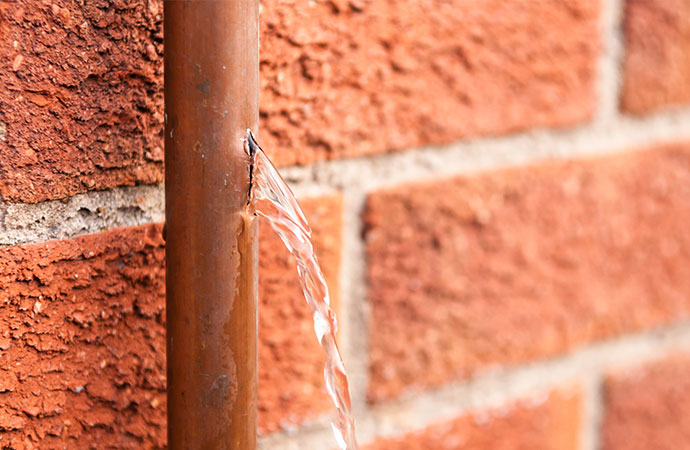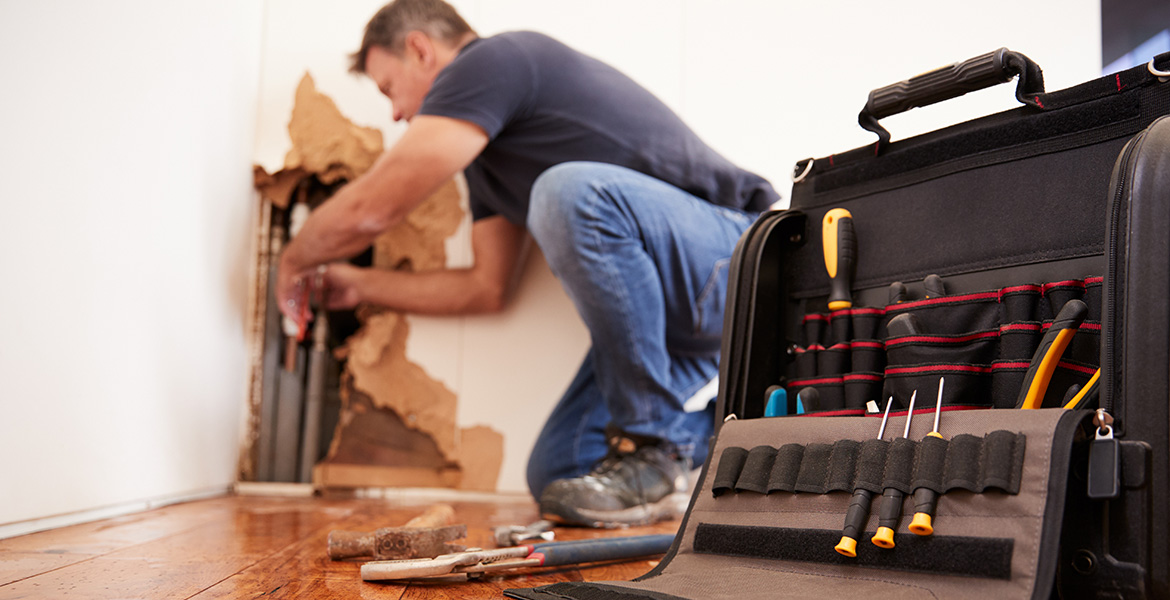Identifying a Pipe Burst and Quickly Fixing It Efficiently
Identifying a Pipe Burst and Quickly Fixing It Efficiently
Blog Article
Just how do you feel when it comes to How to install a dishwasher safely?

A ruptured pipe is a significant emergency; you can just stand as you enjoy water you pay a lot to rejoin with the planet. In worse situations, you discover a pool on your kitchen floor, which is a great journey threat, specifically if you have kids around. If the pipe that ruptured remained in your walls, trouble: you might need to paint that whole section.
Just how can a catastrophe like a burst pipeline be avoided and handled? Well, by listening to your specialist emergency plumbings and also complying with these guidelines.
How do I recognize when my pipelines have burst?
Varying water stress
Pipelines do not just burst in a day. You may have seen that your kitchen area tap or shower does not run quickly when you turn the tap. It may stop briefly for a few secs and after that blast you with more pressure than usual.
In other circumstances, the water may seem regular initially, then decrease in pressure after a couple of secs.
Wet walls as well as water stains
Prior to a pipe bursts, it will leak, a lot of times. If this relentless dripping goes undetected, the leakage may graduate into a broad wound in your pipeline. One easy means to prevent this emergency is to look out for damp wall surfaces ad water discolorations. These water spots will lead you right to the leakage.
Puddles under pipes and also sinks
When a pipe bursts, the outflow forms a pool. It might appear that the pool is expanding in size, as well as despite how many times you wipe the pool, in a couple of mins, there's one more one waiting to be cleaned up. Typically, you might not have the ability to map the puddle to any noticeable pipelines. This is an indicator to call a specialist plumber.
Untraceable leaking sounds
Pipeline bursts can take place in the most unpleasant areas, like within concrete, inside wall surfaces, or under sinks. When your house goes quiet, you might have the ability to hear an annoyingly relentless leaking sound. Even after you've examined your shower head and also cooking area faucet, the leaking may continue.
Dear reader, the trickling might be coming from a pipe inside your walls. There isn't much you can do concerning that, other than tell an expert plumber.
Shut off the Water
When water ices up, it broadens in quantity by regarding 9 percent. And it increases with significant force: The stress inside pipes might go from 40 pounds per square inch to 40,000 psi! No pipeline can hold that much pressure, so it bursts. The break may take place where the ice forms, yet more often, it happens where water pressure discovers a weak point in the pipe. That may be inches and even feet from the icy location. Discover the water shutoff valve and also shut off the water to stop more damage. You could likewise require to shut down the electrical power as well, depending upon where the leaks happens and also how big it is.
Infected water
Many individuals think a burst pipe is a one-way electrical outlet. Quite the contrary. As water flows out of the hole or wound in your plumbing system, contaminants find their method.
Your water might be polluted from the resource, so if you can, examine if your water container has any kind of problems. However, if your drinking water is provided and also cleansed by the local government, you need to call your plumber quickly if you see or scent anything funny in your water.
What do I do when I detect a burst pipeline?
Your water meter will remain to run even while your water wastes. To minimize your losses, discover the major controls as well as transform the supply off. The water mains are an above-ground framework at the edge of your building.
How to Fix & Detect a Leaking Pipe
How Do I Know if a Pipe is Leaking?
Leak detection tests can help you determine if your pipe has a leak. Even if you don’t see an apparent leak, you should still conduct leak detection tests regularly to save water and money—and prevent major damage to your home.
Water meter. It can be helpful to figure out what your usual water meter usage numbers are and then monitor them regularly. To monitor your meter, first, turn off all water faucets in your home. Check the meter and write down the numbers. In a few hours, check the meter again. If the numbers have changed, you have a leak. Water gauge. Use a water gauge to test your water pressure. Your showerhead should produce a certain amount of water pressure based on its model and design. If the pressure is lower than it is supposed to be for that specific showerhead, your home likely has a leak. Puddles. Look inside your bathroom, laundry, and kitchen sink cabinets. Puddles around the cabinets or around toilets, tubs, showers, and washing machines indicate the presence of a leaking pipe. You may also notice loose tiles, peeling or flaking paint, or mold caused by water accumulation. Napkin test. Even if you don’t see any puddles, you may still have a leak. You can test for water leaks in the bathroom, laundry, and kitchen by wiping below-sink connections with a napkin, paper towel, or piece of toilet paper. If it becomes damp, you probably have a leaking pipe under the sink. Discolored walls. Walls that are discolored—usually with brown or yellow stains—or bulging might mean that they have been impacted by water damage caused by a leaking pipe. Smell. A leaky pipe will create sitting water, and over time, that water may develop a musty smell. If your home smells musty, but you can’t locate the source, it may be due to a leak. Steps for Fixing a Leaking Pipe
A leaky drain can be remedied by tightening the pipe base, replacing the drain seal, caulking the rim, and tightening the pipe nut. Similarly, a leaking toilet pipe can be treated by tightening the packing nut. You may also need to replace the valve. A leaky faucet may just need tightening or replacement of the washers. If that doesn’t work, consider replacing your faucet. If your pipe has a hole in it, you may want to use a pipe leak sealer or pipe leak tape. This quick fix for water pipe leaks can also temporarily fix a copper pipe leak. https://www.ahs.com/home-matters/quick-tips/how-to-tell-if-pipes-are-leaking/

As a passionate person who reads on How to install a dishwasher safely, I figured sharing that chunk was a great idea. Sharing is good. You never know, you will be doing someone a favor. Thanks a bunch for your time. Visit us again soon.
Search no more; expert plumbers. Report this page